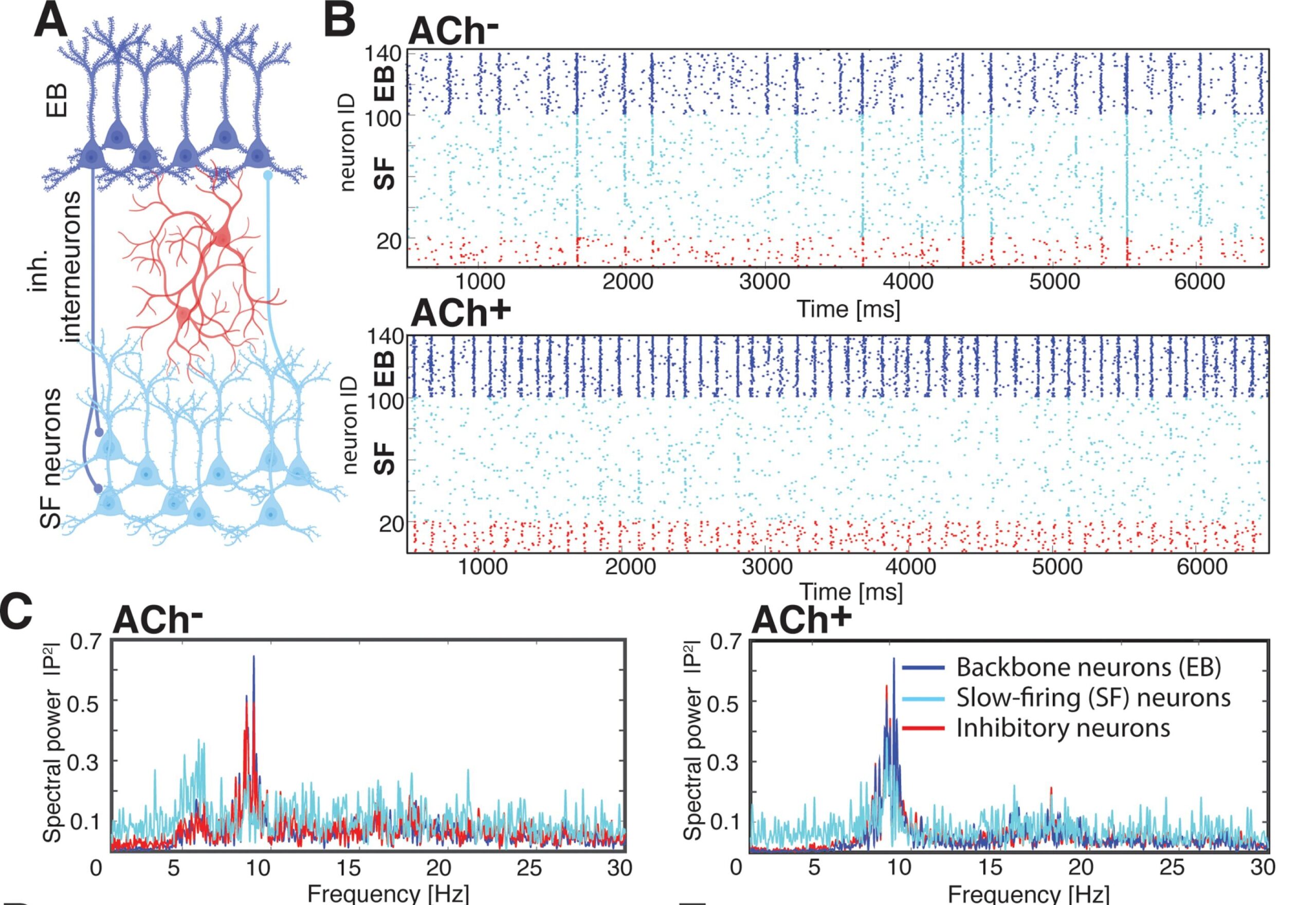Sleep is as universal as life itself. Birds do it. Fish do it. Humans, cats, elephants, even fruit flies do it. Every species that sleeps follows a rhythm that has remained largely unchanged for hundreds of millions of years. First comes non-REM sleep—quiet, restorative, slow-wave rest. Then, as if on cue, the brain ignites with activity. Eyes flicker beneath shut lids. We begin to dream. This is REM sleep.
But why? Why this sequence, again and again, across every sleeping creature that evolution has touched?
A research team from the University of Michigan believes they may finally have an answer. And it begins with a metaphor.
“Think of memories like shrubs,” explains Dr. Sara Aton, a molecular and cellular biologist at U-M. “During non-REM sleep, they grow taller and stronger. But to keep them useful and organized, REM sleep must come in and prune them—shaping them, refining them, keeping them from growing wild into each other.”
This elegant theory, born from a blend of cutting-edge neuroscience and computer modeling, was published this week in PLOS Computational Biology. And it could change the way we understand one of life’s most mysterious processes: the act of remembering.
The Dance Between Memory and Sleep
The new study started with a question that has puzzled scientists for decades: Why do animals always sleep in a predictable sequence, moving from non-REM to REM, over and over throughout the night? Why does this pattern seem so essential that only rare neurological conditions, such as narcolepsy or extreme sleep deprivation, ever disrupt it?
“It’s so conserved across evolution, it must be doing something crucial,” says Aton. “But until now, we haven’t had a good explanation for what that something is.”
To dig deeper, the U-M team conducted behavioral experiments on mice, exposing them to conditioning scenarios where specific environments were paired with mild foot shocks. Some mice experienced these shocks; others didn’t. Afterward, the team monitored their brain activity during sleep, paying special attention to a memory hub in the brain called the hippocampus.
As the mice slept, patterns emerged. During non-REM sleep, clusters of neurons in the hippocampus activated in ways that appeared to reinforce the earlier learning event. In REM sleep, different patterns took over—ones that seemed to refine and reorganize those memories, separating them from other unrelated experiences.
This data was then fed into a computer model developed by Dr. Michal Zochowski’s lab, also at U-M. The model simulated how neurons behave during memory encoding, and how a chemical called acetylcholine—present in varying amounts during different sleep stages—affects that behavior.
“What we saw was that if the order of sleep cycles was reversed, memory was wiped away,” says Zochowski. “You need the growth first, and the pruning second. If pruning comes first, there’s nothing left to shape.”
Memory, Meetings, and Mental Gardens
While the idea of shrub-pruning in the brain might seem poetic, the implications are very real. Zochowski offered an example that most people can relate to.
“Imagine you have three meetings in one day,” he says. “You want to remember what was said in each, who was there, and what was important. During non-REM sleep, your brain strengthens those experiences. During REM sleep, it sharpens the edges between them—so you don’t confuse what was said in Meeting A with what happened in Meeting C.”
Without this delicate balance, memory becomes a blur. Too much overlap, and memories bleed into one another. Too little reinforcement, and they disappear entirely.
This theory could also explain why people with disrupted sleep patterns—whether due to insomnia, stress, or conditions like PTSD—often struggle with memory and emotional regulation. It suggests that the order of sleep stages isn’t just a biological curiosity, but a mechanism for survival, learning, and identity.
Inside the Sleeping Brain
At the core of the U-M study is the interplay between two types of neurons: excitatory neurons, which stimulate brain activity, and inhibitory neurons, which suppress it. By modeling how these neurons interact under different levels of acetylcholine—low during non-REM, high during REM—the team was able to recreate how memories form, consolidate, and are refined.
The model also highlighted something else: the surprising fragility of memory. One misstep in the sleep cycle, one chemical imbalance, and the whole system falters. It’s a delicate dance that happens night after night in the background of our consciousness.
“We’re looking at how sleep isn’t just important, but specifically how the order of sleep matters,” says Aton. “It’s not enough to simply sleep. You need the right kind of sleep, in the right sequence, for your brain to function at its best.”
Just the Beginning
Of course, even the researchers themselves acknowledge that their findings are still early steps in a much larger journey. Their experiments involved relatively simple memories—like associating a place with a mild shock. The human mind, by contrast, juggles memories that are far more complex, emotional, and nuanced.
“Our model is still a simplification,” Zochowski notes. “It’s a good starting point. But we’ll need more data, more complexity, and more real-world validation before we can say with certainty how universal this mechanism is.”
Still, the study opens new doors for treating memory-related conditions. If the sequence of sleep stages is critical for pruning and shaping memories, then disruptions in that sequence could contribute to cognitive problems seen in everything from Alzheimer’s disease to chronic anxiety. Future research might explore ways to reinforce the natural sleep sequence—or even mimic it through targeted therapies.
The Night Garden in All of Us
In a world obsessed with productivity and speed, sleep can feel like an afterthought. But beneath our quiet slumber, a world of activity unfolds—neurons firing, chemicals flowing, memories blooming and being trimmed.
This new hypothesis from the University of Michigan gives us a fresh way of seeing ourselves: as gardeners of the mind. Each night, while our bodies lie still, our brains are cultivating the stories of our lives—strengthening what matters, pruning what doesn’t, and making room for what comes next.
It’s a process older than mammals, older than dreams. And perhaps, it’s one of the most important things we do.
So the next time you drift into sleep, remember: your mind is hard at work, shaping you—one silent cycle at a time.
Reference: Michael Satchell et al, Cholinergic modulation of neural networks supports sequential and complementary roles for NREM and REM states in memory consolidation, PLOS Computational Biology (2025). DOI: 10.1371/journal.pcbi.1013097






